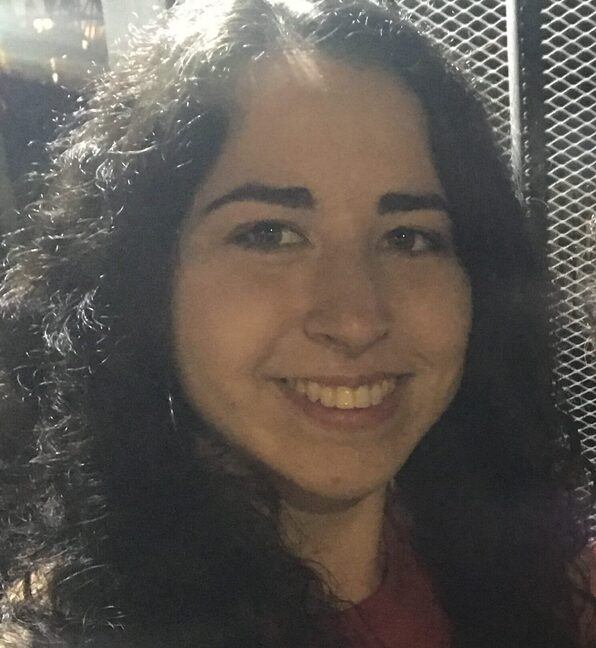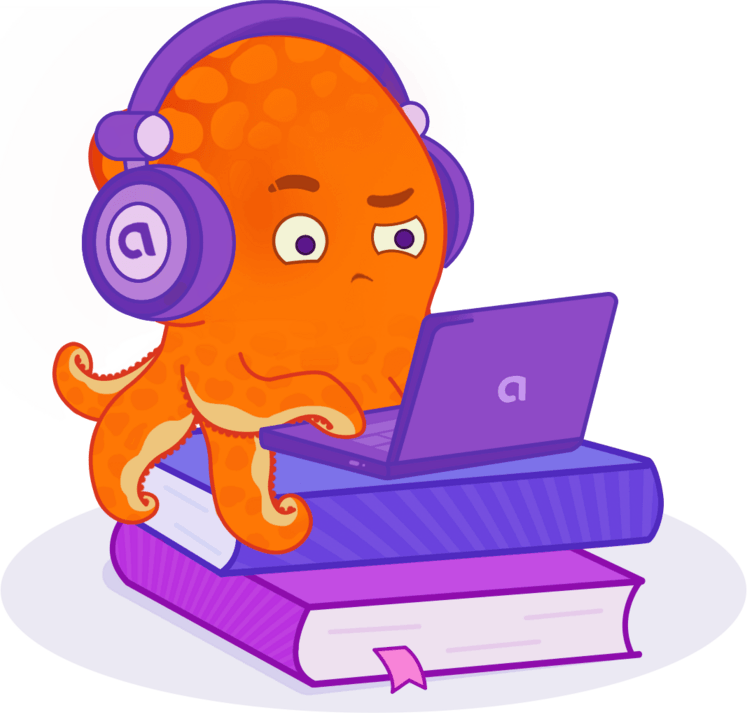UFN Verão 2016
Asia's smartphone addiction
By Heather Chen
BBC News, Singapore
7 September 2015

Nomophobia - or no mobile phone phobia
- the onset of severe anxiety on losing
access to your smartphone has been
talked about for years.But in Asia, the
[5] birthplace of the selfie stick and the
emoji, psychologists say smartphone
addiction is fast on the rise and the
addicts are getting younger.
A recent study surveyed almost 1,000
[10] students in South Korea, where 72% of
children own a smartphone by the age of
11 or 12 and spend on average 5.4 hours
a day on them - as a result about 25% of
children were considered addicted to
[15] smartphones. The study, to be published
in 2016 found that stress was an
important indicator of your likelihood
to get addicted.
Smartphones are central to many
[20] societies but they have been integrated
into Asian cultures in many ways: there
is the obligatory "food porn" photograph
at the beginning of any meal; in Japan
it is an entire subculture with its own
[25] name-keitai culture.
Asia and its 2.5bn smartphone
users provides a stream of
phone-related "mishap news", such as
the Taiwanese tourist who had to be
[30] rescued after she walked off a pier
while checking Facebook on her phone.
Or the woman from China's Sichuan
province rescued by fire fighters
after falling into a drain while
[35] looking at her phone.
They may make for slapstick healines
but in Singapore too the concern is
that those most vulnerable are getting
younger. With its population of just 6
[40] million, it has one of the world's
highest smartphone penetration rates.
It also has specialists in digital
adiction, a cyber wellness clinic and
a campaign to see digital addiction be
[45] formally recognised.
"Youths lack that level of maturity,
making it harder for them to manage
smartphone usage as they don't have
self-control," said Chong Ee-Jay,
[50] manager of Touch Cyber Wellness Centre
in Singapore.
He has serious concerns about how
young children behave when they get
phones.
[55] "They are readily available to very
young children here as part of their
school curriculum," he said. In
Singapore it is not uncommon for
homework assignments to be set via
[60] WhatsApp.
In South Korea, 19-year-old student
Emma Yoon (not her real name) has been
undergoing treatment fornomophobia
since April 2013. "My phone became my
world. It became an extension of me.
[65] My heart would race and my palms grew
sweaty if I thought I lost my phone.
So I never went anywhere without it."
Ms Yoon's parents also said that
their daughter's smartphone usage
[70] amplified other behavioural problems
she was exhibiting. She began to
retreat from hobbies and school
activities.
Many people will recognise the
[75] feeling of anxiety when the pocket
feels strangely light but the
difference here is that the phone
becomes the focus of other problems
and anxieties. The South Korean study
[80] also found that people who used their
smartphones for social media purposes
were more likely to get addicted.
The device is seen as the sole key
to wider human contact. Vulnerable
[85] children and young adults can feel
adrift and unable to connect to others
without it. In some Asian societies,
where students are set heavy and
time-consuming homework tasks to
[90] complete on their own, the phone is
the only connection to friends, humour
and sharing. So it can assume a
disproportionate importance.
http://www.bbc.com/news/world-asia-33130567
Considerando o contexto de uso, o significado mais adequado à expressão sublinhada no excerto She began to retreat from hobbies and school activities (\(\ell\). 72-73) é:
To get or bring something back.
To move back or withdraw from something.
To take or send something back.
To pay or give something back.
To recall or bring back to mind.
E mais: nota TRI a todo o momento.





